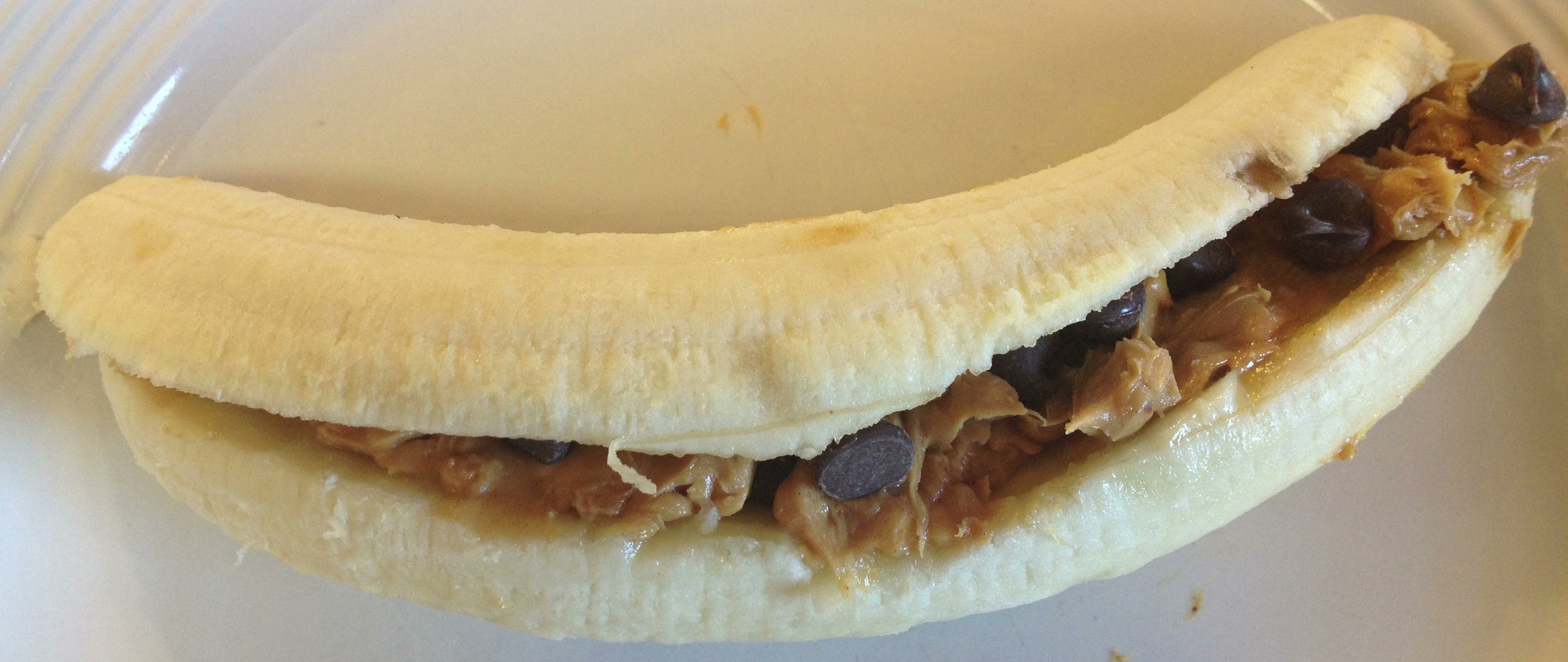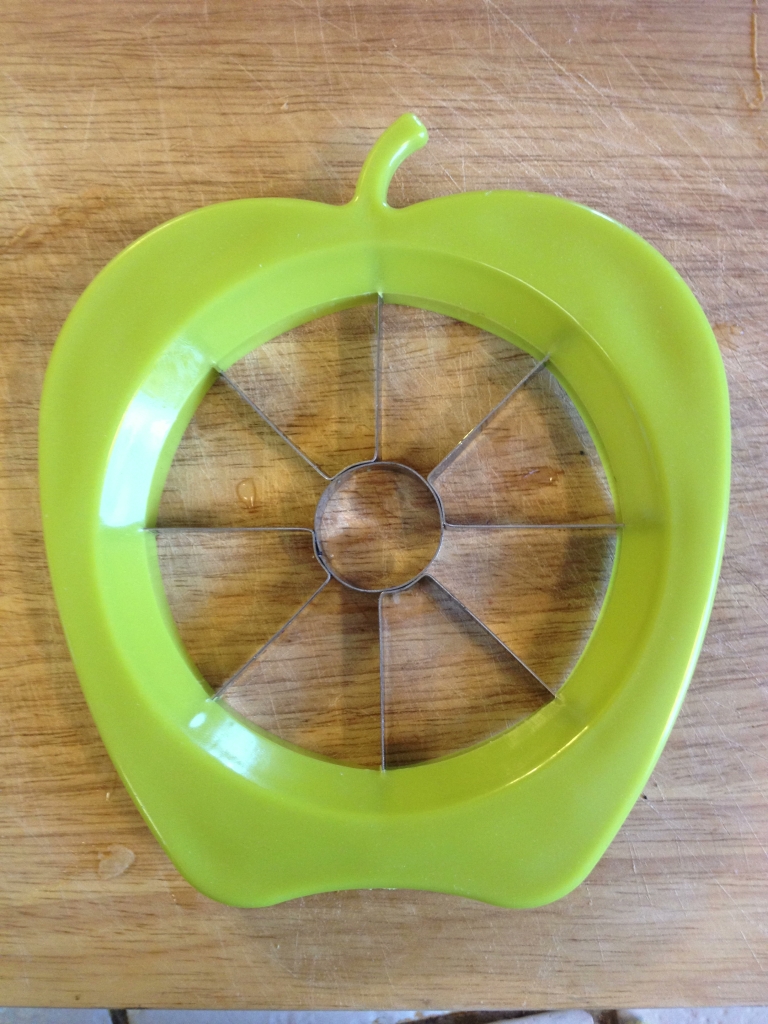Rabbi Yoḥanan fell ill. Rabbi Ḥanina entered to visit him, and said to him: Is your suffering dear to you? Rabbi Yoḥanan said to him: I welcome neither this suffering nor its reward. Rabbi Ḥanina said to him: Give me your hand. He gave him his hand, and Rabbi Ḥanina stood him up and restored him to health. The Gemara asks: Why did Rabbi Yoḥanan wait for Rabbi Ḥanina to restore him to health? If he was able to heal his student, let Rabbi Yoḥanan stand himself up. The Gemara answers, they say: A prisoner cannot generally free himself from prison, but depends on others to release him from his shackles.
- Babalonian Talmud, Berakhot 5b
On Yom Kippur in 2009, God kind of tried to kill me.
I was in Utah, backpacking through Zion National Park on a two-month wilderness program, a rehab I had agreed to go to after I stole $600 from a close friend of mine and he and another friend had approached my dad, concerned about the direction my life was heading.
While a number of other participants felt anger or deep sadness on first arrival in the middle of nowhere, I felt a deep sense of relief. I was as terrified as anyone else in my life about what felt like a complete lack of ability to control my actions. As the desert scenery passed on the four-hour drive from the nearest city to the campsite I still thought of this as simply another adventure that I would be a passive participant in, one that would push my uncontrollable life in a positive direction.
The first day in the program you aren’t allowed to speak. Questions, comments, complaints? It has to wait a day. My glasses fell off and broke my first afternoon as I fumbled with setting up my tarp for the evening. I was silently handed tape. Earning a headlamp - crucial for not stepping on cacti when standing up to pee in the middle of the night - took making fire with a bow drill, a hilariously old fashioned method of doing things that stops being funny the very second you are first attempting to do it. Every moment smacked of teaching self-reliance, but as I fumbled through attempting to stay alive the only thought that would play through my mind was “Why is this happening to me?”
Rosh Hashanah arrived about three weeks into my stay. I told my therapist I didn’t need anything for the holiday, not wanting to be seen as receiving special treatment. The morning of the chag she sent out a challah, a wildly exotic delicacy for a diet that was almost entirely beans, rice, tuna, and peanut butter. The group said amen to my blessing over the bread, and we silently chewed and marveled over the unexpected bounty. I felt a surprising warmth at getting to share this moment. In our session the following day, I thanked my therapist profusely and asked her about spending Yom Kippur in a meaningful way, and indicated my desire to fast. Some of the other participants noted that they would like to fast alongside me, in spiritual solidarity. A central piece of this rehab program was not being given information about the future, but she said she would take it under consideration.
When we arrived at our campsite on Erev Yom Kippur, a package was waiting for me - a package was never waiting. For anyone. Inside was my prayer book, shipped cross country by my dad. As I prepared for bed that night, I turned on my headlamp (acquired a day before) and prayed the maariv service. I wept tears of joy.
The next morning we were told that in lieu of a normal hike, we were going leave out heavy bags and camp supplies in place and take a lite day hike instead. We hiked about two miles to the top of a nearby mesa. When we arrived, we were given time to stand on our own and look out over the massive desert basin around us. I said the Shema. I cried tears of sorrow, considering the myriad sins against those I loved that had brought me to this moment, and how powerless I felt to change my behavior moving forward. We gathered back together and collectively screamed into the silence.
The sky darkened quickly, and the rain started. The top of a mesa in the middle of a desert basin is a very bad place to be when lightning starts flying, so our group started its descent. Hiking without 50lb packs for the first time in a month, we whooped and hollered as we galloped down the path. The route back to the gathering of tall trees in one corner of the basin that made up our campsite was essentially a wide-open field. As we sprinted across the field, we screamed like little kids getting let out for recess. Lighting struck a lone tree maybe a mile from where we were running, then second and third and fourth bolts struck at varying distances from us on the plain and mesa we had just been standing on, each carrying earth-shattering claps of thunder that only heightened our laughter, a nervous reaction to the insane situation we suddenly found ourselves in. We split up upon arrival back at the campsite, and as I dove under my tarp, soaked and exhausted, I couldn’t stop giggling. We passed the time waiting out the storm by yelling dirty jokes to each other over the din of the rain.
The storm passed just before sunset, and it was dark by the time we got the fire going to make our break fast dinner. Our staff revealed a final surprise: Hebrew national hotdogs, challah, honey, hummus, latkes, grape juice, tzimmes that had been cooked by my therapist. The feast was epic by wilderness standards, and we ate until full and I told stories about the town of Chelm and my Jewish summer camp until bedtime.
At my next session with my therapist, I couldn’t stop thanking her. What she had done for me was so above and beyond what I believed I deserved, such an act of love and kindness that I simply could not put into words for her what the holiday had felt like.
She waved off my praise.
“You did this,” she said simply. “I wanted you to have a religious experience for Rosh Hashana too, but you kept telling me you didn’t need anything, that you didn’t want to be a bother. You have to ask for help to achieve the life you want. I’m your therapist; helping you find moments of introspection, spirituality, and joy is literally my job! Trying to do this on your own is going to get you nowhere.”
It was a deep moment. As I said, I had long thought of my ongoing addiction and depression as outside forces over which I held very little power and next to no control, mainly because I’d had no success in battling them on my own. I’d passed the first and second steps of AA - acknowledging that I was powerless and having faith that a higher power could restore my sanity - with flying colors. I struggled with the latter half of the steps - the ones that required taking active control of my situation. My largest struggle was simply being able to admit my need and ask for help. The desire to appear impervious to sadness or struggle was the single largest blocker to me achieving victory over sadness and struggle.
I’d love to tell you that the realization of needing to ask for help changed my life instantly, but of course, life does not plot a linear path. The two years that followed the wilderness remain almost certainly the two saddest of my life, including relapses, getting fired from jobs, and a trip to the mental hospital.
I can’t pinpoint exactly when things changed, but I know for certain that if not for that Yom Kippur experience I would not have called my therapist to tell her that I needed help checking myself into the psych ward because I didn’t trust myself to not attempt suicide. Like the captain of a sinking ship, I was buoyed each time asking for help bailed some water out of my boat. Eventually, the muscle memory of asking for help taught me that I vastly preferred being the captain of a ship that wasn’t underwater.
Now, close to a decade sober from the pills that I once allowed to control my life, I still occasionally struggle to ask for help when I should. Heading into Yom Kipper, As I consider the moments from this year that I need to repent for, they are almost universally moments that could have been avoided if I had simply admitted imperfection and asked for assistance. Moments where I ghosted friends or blew off zoom calls could have been made better if I had simply been able to ask people who care about me for patience and understanding as we all deal with the massive emotional baggage that the year has wrought. Moments where I fell short professionally or in personal obligations could have been avoided if I could have simply admitted that I bit off more than I could chew or didn’t work proactively enough and now needed to be bailed out. Moments where I was insensitive simply required the humility to acknowledge my ignorance and be willing and grateful to be educated.
Last week, as we ended a difficult year and looked forward to a year that promises further sadness and adversity, I reflected on the small joys spawned by our current circumstances that I want to carry into the new year. The three largest - groups of friends that gather weekly for tennis matches, dungeons and dragons games, and Talmud study - are all grown out of someone being willing to say out loud what they need, and then seeking out others to help them accomplish things that would be literally impossible for a person to do solo. The willingness to do that emotional labor improved the lives of both the asker and the asked, the individual and the community.
This year may each of us be blessed with the insight to know when and where we fall short of the life we want, the strength to ask for help when needed, the wisdom to know that everyone else is fighting the same battle, and the compassion to be gentle with ourselves and those around us when we inevitably fall short.
G’mar Chatimah Tovah


































































